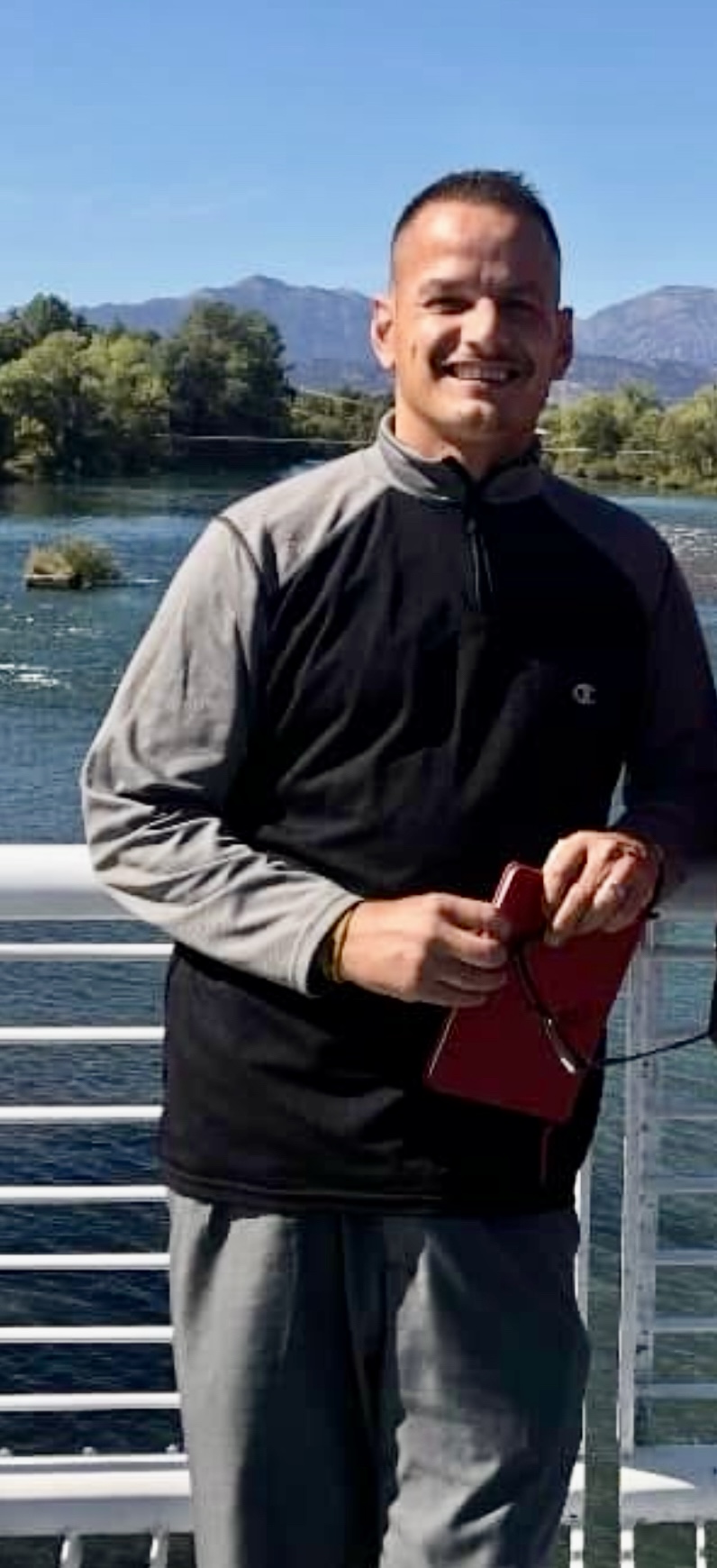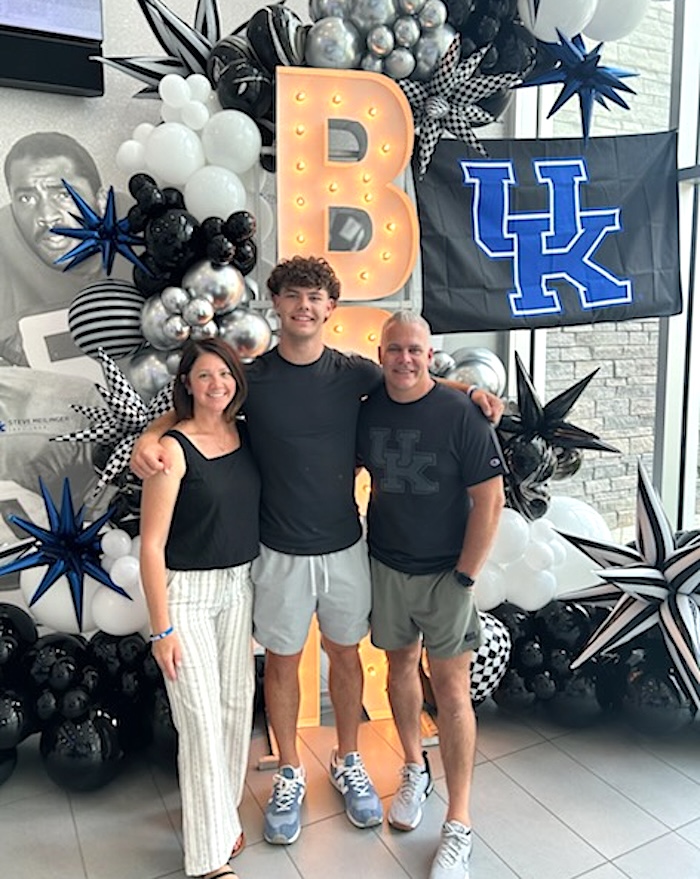Roark: Summertime blisters
Published 9:57 pm Monday, June 3, 2024

- Steve Roark
|
Getting your Trinity Audio player ready...
|
By Steve Roark
Columnist
Summer tends to up activity levels with most folks, such as hiking or working in a garden. Sometimes, these activities lead to a blister, which is your body’s way of telling you to ease off on what you’re doing. They result from too much friction, possibly from poor-fitting shoes or not wearing work gloves. There are several opinions on how to treat them.
Trending
When dealing with a blister, the first decision is whether to drain the fluid. This choice depends on the blister’s size and location. If it’s small and not causing discomfort, it’s best to leave it be. However, if it’s painful or at risk of breaking and causing more harm, draining it may be necessary. Proper drainage can prevent additional pain and injury.
The simplest way to do this is to prick the side of the blister with a sterilized needle. Don’t skip the sterilization step, as not doing so can lead to infection. Alcohol works, or you can heat the needle until it is red hot and let it cool.
After draining a blister, it’s important not to remove the protective skin. Doing so can leave a raw, sensitive area that takes longer to heal. Leaving the skin intact helps protect the wound, allowing it to heal more quickly. The skin will eventually dry up and fall off on its own.
Next, treat the area with an antibiotic ointment. A dressing to protect the area while it is healing is a good idea. A Band-Aid is fine if it’s big enough, but if not, use sterilized gauze pads. Give the blister nightly air by removing the dressing when you’re inactive. Be alert for signs of infection: redness, swelling, heat, increased pain, or the fluid coming out of the blister is not clear or has some odor. If any of these signs are present, head for the doctor.
Preventing blisters is the best way to walk that extra mile or hoe that last row. If you’re prone to getting blisters on your hands, wear gloves. For your feet, always wear socks when wearing shoes. Applying baby powder to your feet before putting on socks can help reduce friction. Also, petroleum jelly applied to blister-prone areas such as the heel is good. Fitted socks (those with a heel) are recommended rather than tube socks.
If you hike, hunt, or do any activity that requires a lot of walking, carry some moleskin with you. This is a thin pad with a sticky back that you can apply to areas that may be rubbing and hopefully prevent blisters from forming. It can be cut to size and is available at the drugstore. Put the stuff on as soon as you feel some friction, and don’t use moleskin after a blister has formed.
Trending
A good book on first aid is “Home Remedies”, published by Rodale Press.





